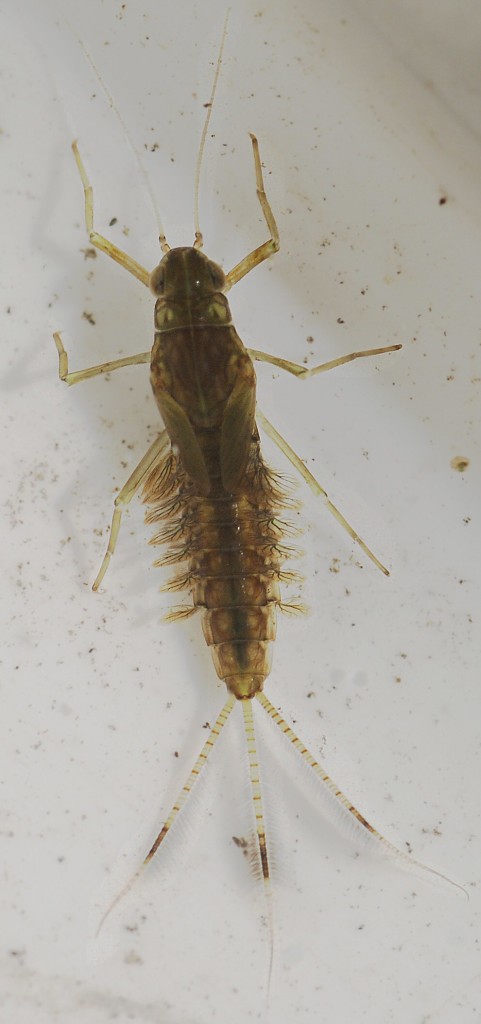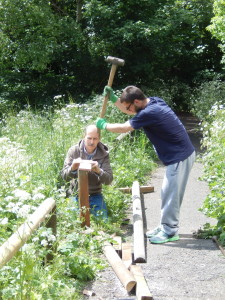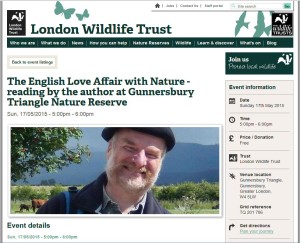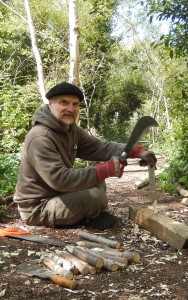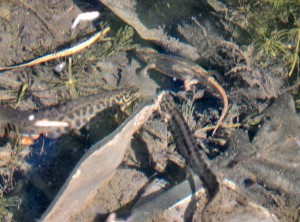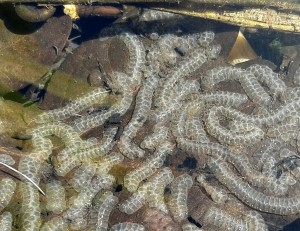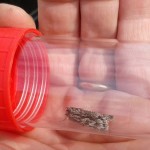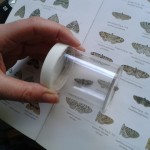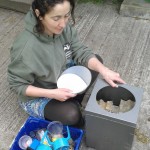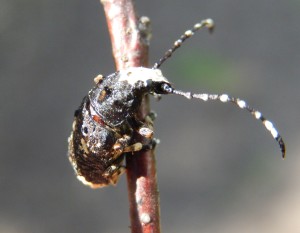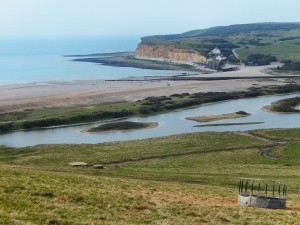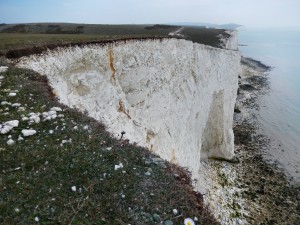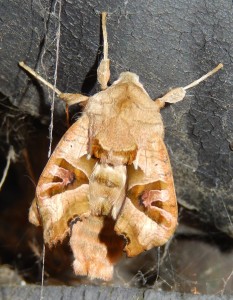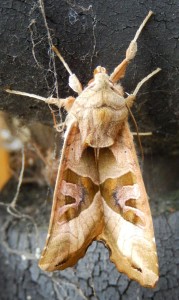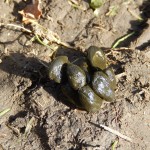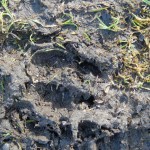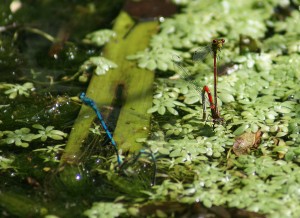
Today I “manned the pond”, resplendent in my The Wildlife Trusts T-shirt complete with badger logo on a black background. I didn’t so much as “stand up for nature” as lie down, hoping that the rather lively toddlers waving pond-nets wouldn’t fall in. Their fortunately very quick mother asked me if any children had in fact fallen into the pond, and I replied truthfully that none had done so, so far. And somehow, they didn’t.
In the warm sunshine, the air above the pond was buzzing with Azure and Large Red Damselflies, some paired up and laying eggs, some males patrolling anxiously, chasing off rivals and presumably hoping for some more females to turn up.
The eager dippers caught lots of Greater Ramshorn Snails, and some smaller ramshorns too. Among the haul were some very small Water Boatmen, midge larvae in reds and yellows, water fleas, a tadpole or two, some mayfly larvae (very zippy) with 7 pairs of gills, and some little damselfly larvae (more placid).
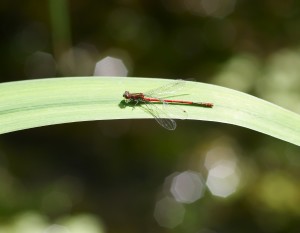
Two Sunday volunteers, relaxed and jolly, joined in the pond-dipping: it turned out that the Conservation Officer was out on a flat roof trying to catch a mallard duck and her six ducklings. Unfortunately the duck escaped while they were trying to scoop up the ducklings, so the rescue was abandoned. If the ducklings can’t be got to a pond soon, they’ll starve as the duck has no other way of feeding them.
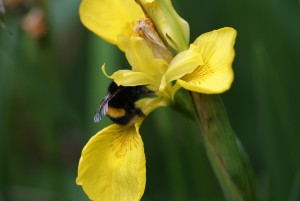
We did carry out another rescue, however: a very large Queen Buff-Tailed Bumblebee was sitting exhausted on the boardwalk. We looked about for flowers, and tried her on a Yellow Iris, with some success; but she soon used up the energy its nectar provided. I suggested some sugar-water. This was fetched, and it seemed to have the right effect, as she perked up considerably.
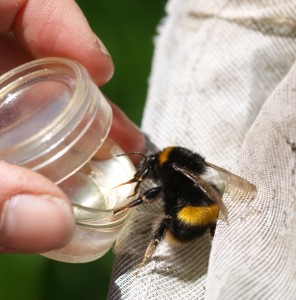
Then, in between telling people about the ridiculously complex fertilisation system in damselflies and dragonflies (indirect fertilisation, sperm storage, yeah) and identifying pond animals, I tried to photograph a mayfly nymph with the absurdly limited depth-of-field of my macro lens. What with the white glare from the pond tray, the sun going into clouds, and toddlers leaning into the light to get a better look, it was somewhat difficult. Here’s what I got.
